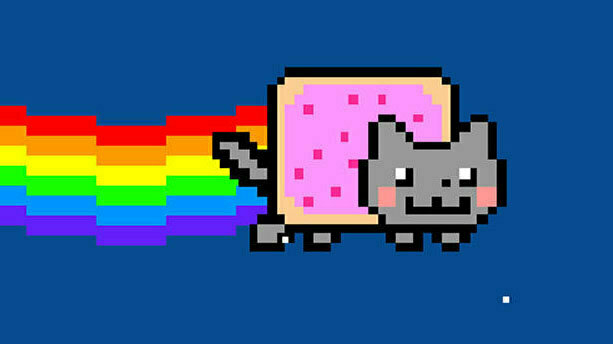Of all lies, art is the least untrue

The world doesn't particularly need my opinions on NFTs ('non-fungible tokens') as there's plenty of opinions to go round in other newsletters, podcasts, and blog posts.
After doing a bunch of reading, though, I think that the main use case for NFTs will be ticket sales. That is to say, when there is a limited supply of something with intrinsic value, and both the original buyer and seller want to ensure authenticity.
The rest is speculation and gambling, as far as I'm concerned, with a side serving of ecological destruction. I'm also a bit concerned about the enforcement of copyright everywhere on the web it might lead to...
Twitter's Dorsey auctions first ever tweet as digital memorabilia — "The post, sent from Dorsey’s account in March of 2006, received offers on Friday that went as high as $88,888.88 within minutes of the Twitter co-founder tweeting a link to the listing on ‘Valuables by Cent’ - a tweets marketplace."
NFTs, explained — “Non-fungible” more or less means that it’s unique and can’t be replaced with something else. For example, a bitcoin is fungible — trade one for another bitcoin, and you’ll have exactly the same thing. A one-of-a-kind trading card, however, is non-fungible. If you traded it for a different card, you’d have something completely different. You gave up a Squirtle, and got a 1909 T206 Honus Wagner, which StadiumTalk calls “the Mona Lisa of baseball cards.” (I’ll take their word for it.)"
NFTs are a dangerous trap — "The more time and passion that creators devote to chasing the NFT, the more time they’ll spend trying to create the appearance of scarcity and hustling people to believe that the tokens will go up in value. They’ll become promoters of digital tokens more than they are creators. Because that’s the only reason that someone is likely to buy one–like a stock, they hope it will go up in value. Unlike some stocks, it doesn’t pay dividends or come with any other rights. And unlike actual works of art, NFTs aren’t usually aesthetically beautiful on their own, they simply represent something that is."
Cryptodamages: Monetary value estimates of the air pollution and human health impacts of cryptocurrency mining — "Results indicate that in 2018, each $1 of Bitcoin value created was responsible for $0.49 in health and climate damages in the US and $0.37 in China. The similar value in China relative to the US occurs despite the extremely large disparity between the value of a statistical life estimate for the US relative to that of China. Further, with each cryptocurrency, the rising electricity requirements to produce a single coin can lead to an almost inevitable cliff of negative net social benefits, absent perpetual price increases."
HERE IS THE ARTICLE YOU CAN SEND TO PEOPLE WHEN THEY SAY “BUT THE ENVIRONMENTAL ISSUES WITH CRYPTOART WILL BE SOLVED SOON, RIGHT?” — "Much like the world of blue chip, some NFTs may be bought and sold simply as artworks, intended for personal collections and acquired for aesthetic, conceptual, or personal reasons. However, every single one is made from the outset to be liquidated- an asset first, artwork second. They are images attached to dollar figures, not the other way around."
Quotation-as-title by Gustave Flaubert. Image of Nyan Cat, a 2011 meme, which sold as an NFT for ~$600,000 recently.